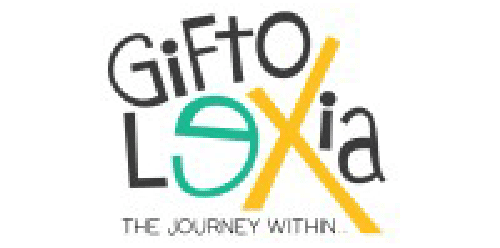Welcome to the SDG Awards, a distinguished recognition program honoring the remarkable contributions of individuals, organizations, and initiatives in championing the United Nations’ 17 Sustainable Development Goals (SDGs).


Local Impact: Provides specialized education for dyslexic children, promoting inclusivity and reducing educational disparities.
The SIERA Awards are the next evolution of the EUTECH SDG Awards — expanding with new categories, greater global reach, and deeper impact.
Proudly powered by: